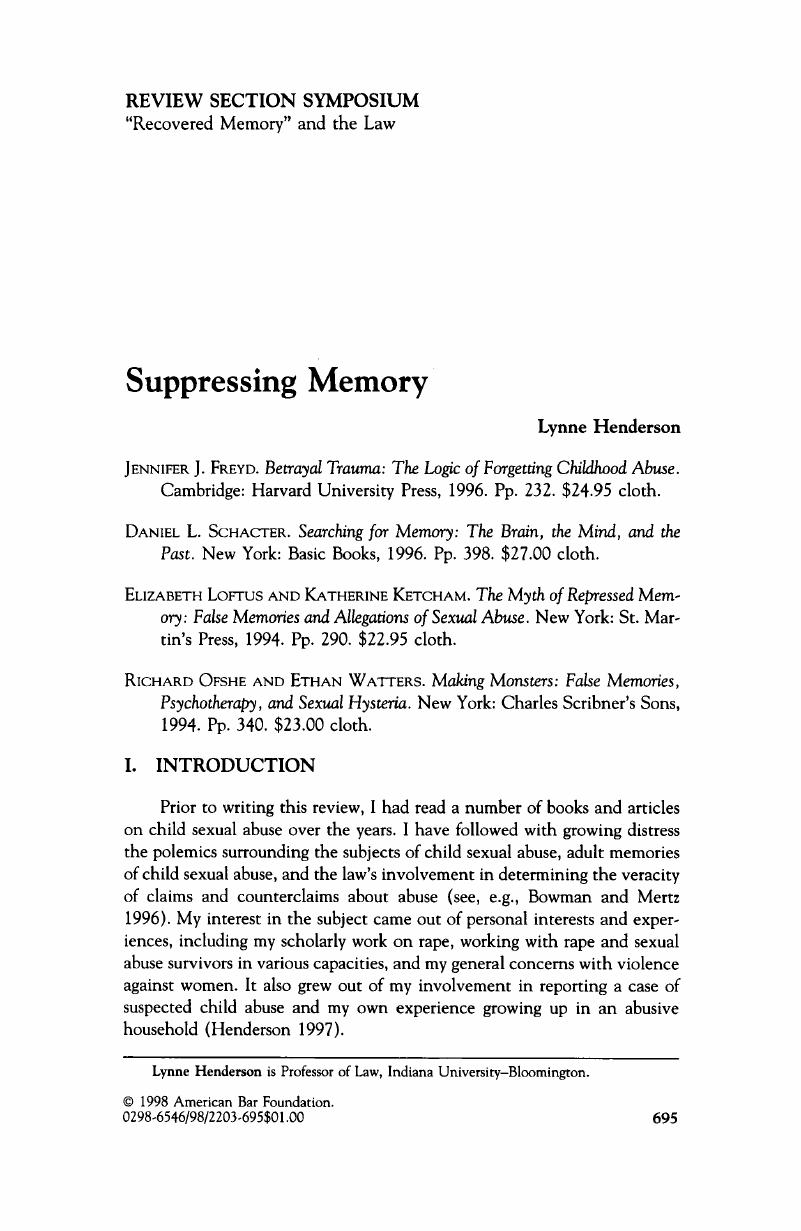Crossref Citations
This article has been cited by the following publications. This list is generated based on data provided by Crossref.
Bowman, Cynthia Grant
2016.
The Legal System and Child Sex Abuse—Ross Cheit's The Witch‐Hunt
Narrative: Politics, Psychology, and the Sexual Abuse of Children.
Law & Social Inquiry,
Vol. 41,
Issue. 01,
p.
267.



